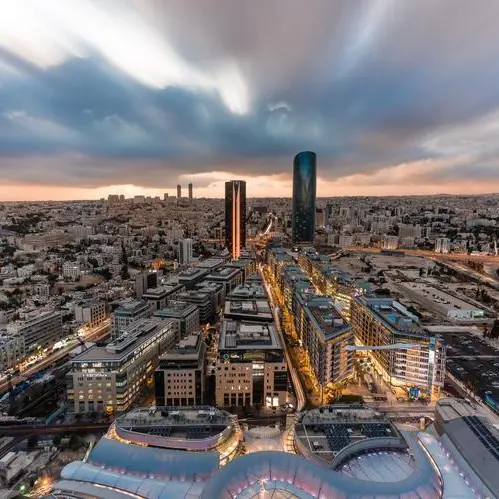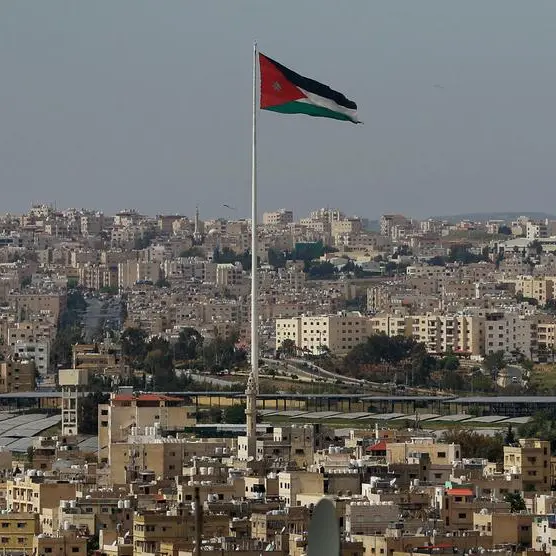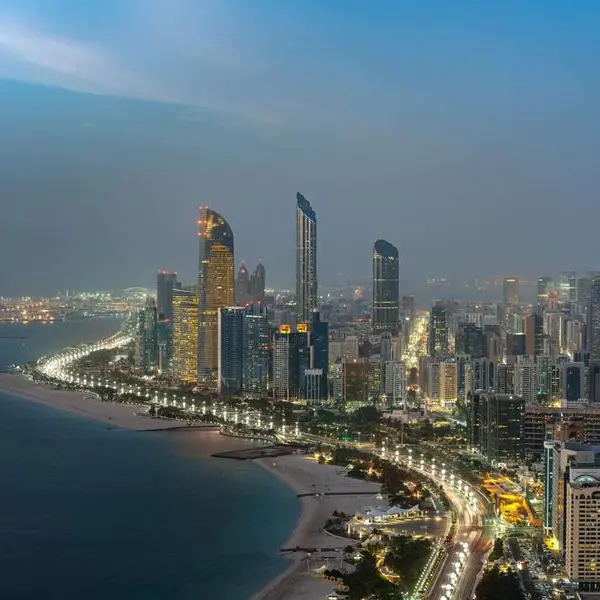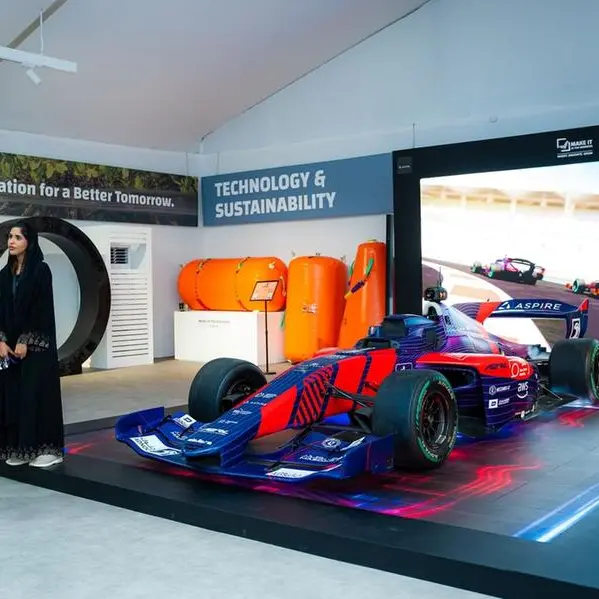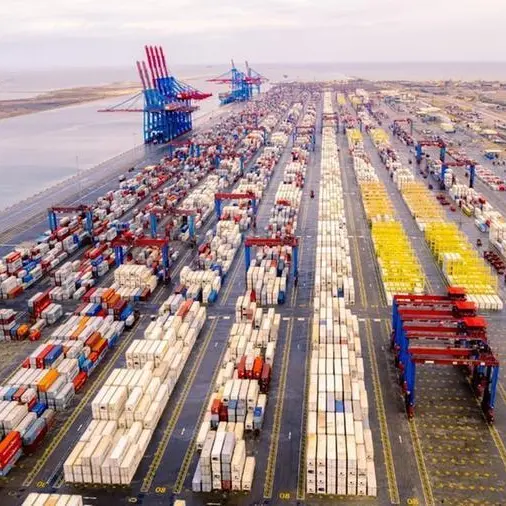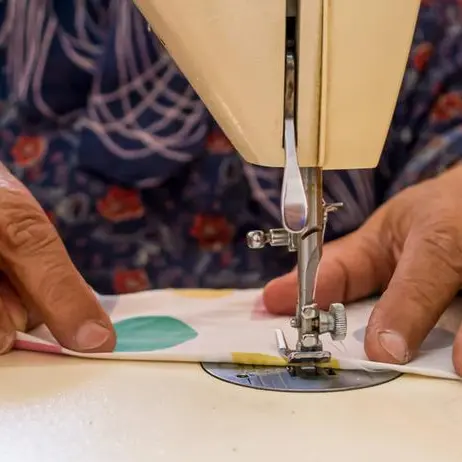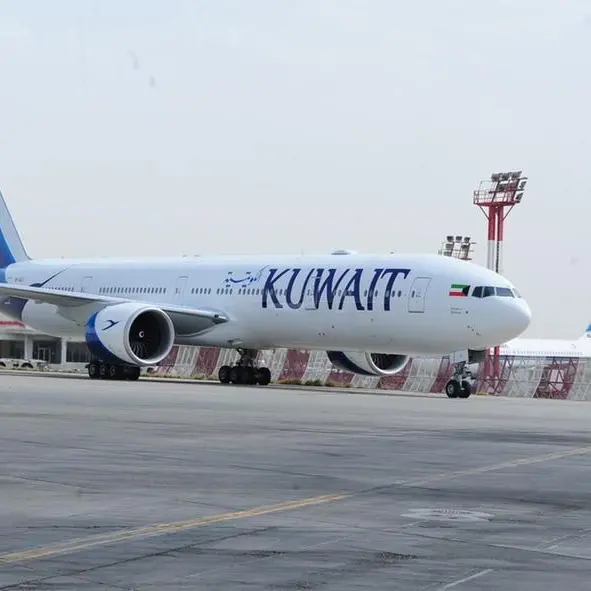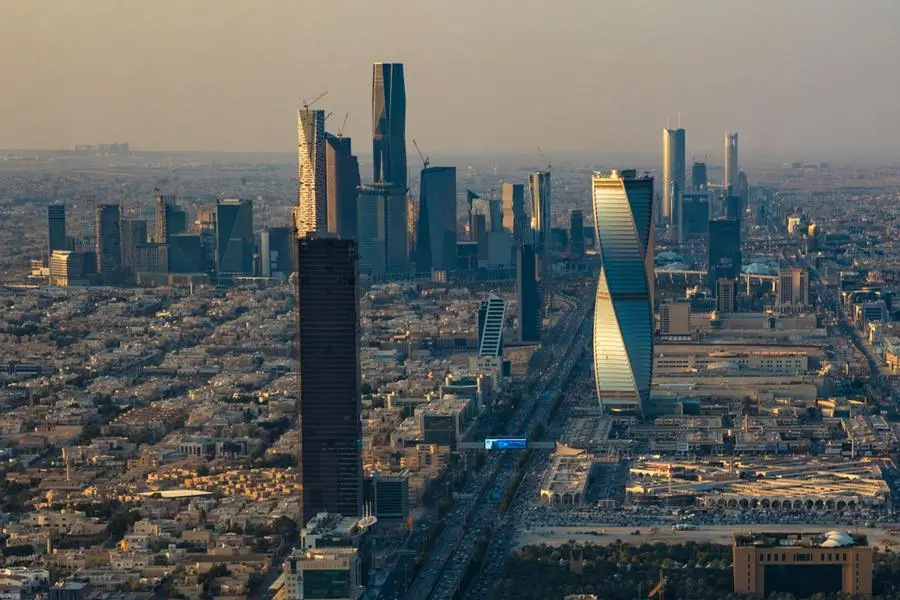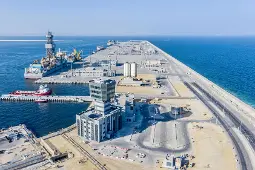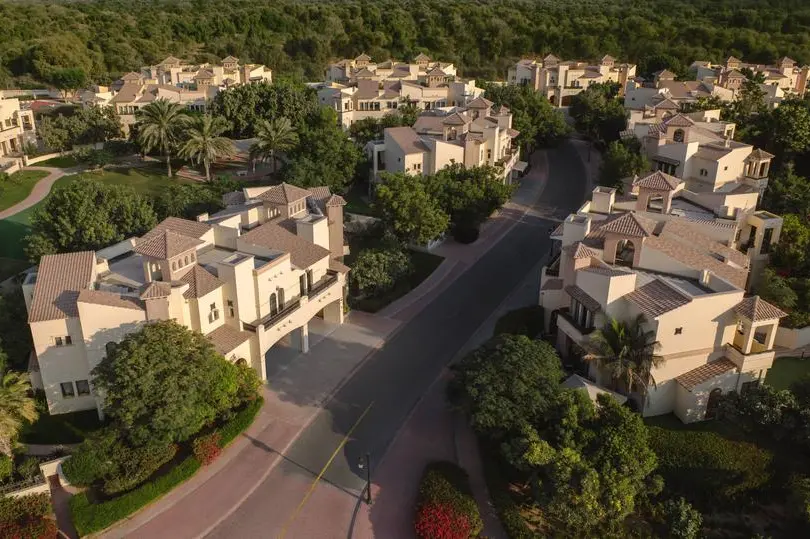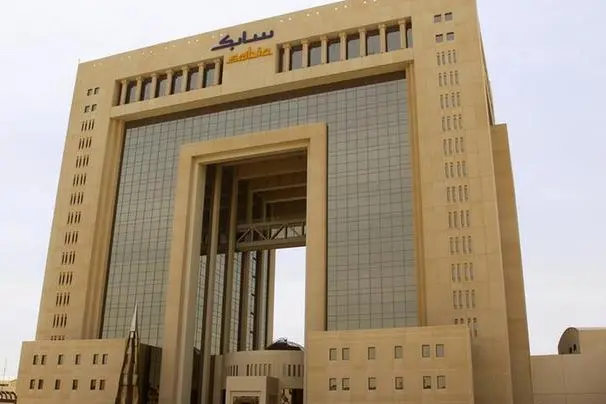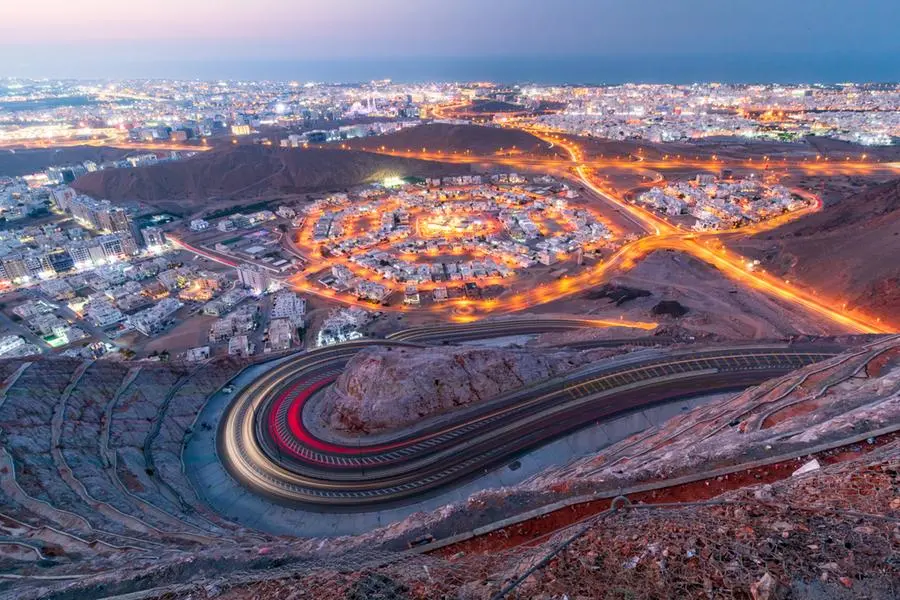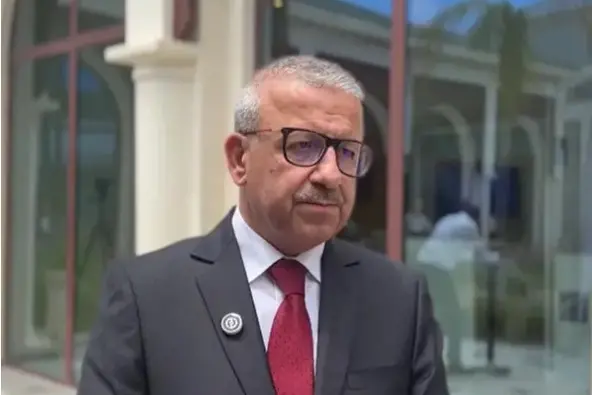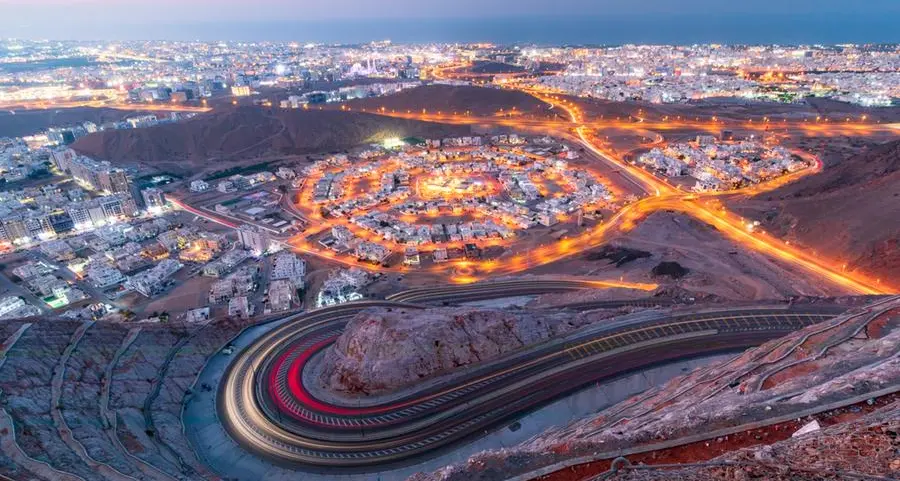PHOTO
Huge iron ore quarry opencast mining of iron ore opencast mining. Image Courtesy: Getty Images
Lodestone Nambia is three months away from finding a financing solution for its Dordabis high-grade iron ore project, company CEO Carsten Mosch told the EU Namibia Business Forum.
The Dordabis project can produce up to 2 million tonnes per year (tpa) of high-grade iron ore concentrates and be ramped up to 4 million tpa for a further 20-30 years.
The company has spent $20 million on two bankable feasibility studies, one for high grade 70.5 percent magnetite for industrial use and the second, for the export of up to 2 million tonnes of high-grade iron ore, Mosch said.
He said Loadstone shelved its initial plan to export the ore in favour of processing it downstream in Namibia.
The CEO explained that the concentrate is of Direct Reduced Iron-quality, which can be used downstream to produce cleaner Hot Briquetted Iron. The 99 percent pure iron can be used in electric arc furnaces as a substitute for scrap metal, which is not suitable to produce flat steels due to the high level of impurities present.
The executive laid out three options for advancing the project.
• First, financing a 750,000 tonnes facility for which all environmental licenses are in place and a bankable feasibility study has been completed.
• Second, the off takers, Anglo American, are interested to directly scale to 2 million tonnes due to economies of scale. This involves a capex of $250 million.
• Third, the financing for completing a bankable feasibility study for a $1.5- $2 billion Hot Briquetted Iron project, by partnering either with steel companies or with local green steel and hydrogen producers for downstream.
He continued: “We have got the first draft of the rail transport agreement with Transnamib and need to optimise the solution at the harbour with the support of the Namibian government. We need support from the steel industry for the processing and from the Namibian government for land access to bring the resource base from 17 years mine of life …88 million tonnes to 350 million tonnes…. and given the magnetic anomaly, we think we can bring that up to this level,” he said.
(Reporting by Sowmya Sundar; Editing by Anoop Menon)
(anoop.menon@lseg.com)
Subscribe to our Projects' PULSE newsletter that brings you trustworthy news, updates and insights on project activities, developments, and partnerships across sectors in the Middle East and Africa.

